
FEARSOME dragons, swift swans and leaping dolphins have decorated the prows of ships since antiquity. They embodied the spirit of the vessel, kept her safe in stormy weather and guided her home through rain and fog. The same held true across Britain, but it would be the Admiralty's decision in the early 17th century to allow the use of carved images of people, not only animals, that would see the flowering of the great age of the British naval figurehead.
In 1637, HMS Sovereign of the Seas was launched, featuring the largest and most costly figurehead in the history of the Royal Navy. A huge gilded figure of the Anglo-Saxon King Edgar mounted on a leaping horse and surrounded by vassals, it was said to have cost about $7,000 (close to $1 million today).
It may have appealed to gawking landlubbers, but the monumental figurehead made a less favourable impression on those who commanded the ship in action. Carved from elm or oak, it was incredibly heavy and compromised the seaworthiness of the vessel to the extent that, in 1796, the Admiralty tried to abolish figureheads altogether. However, it quickly became apparent that sailors regarded a ship without a figurehead as a lost and luckless craft and so a compromise was struck-henceforth, figureheads were carved from lighter timber, in particular yellow pine.
The size of the figurehead was conditioned by the tonnage of the ship and the sweep of the prow. Some were carved from one solid block, others from several blocks dowelled and glued together. In merchant craft, it was common to base a figurehead on a member of the owner's family or some important contemporary, such as William Gladstone or Benjamin Disraeli. In the Royal Navy, figures from classical literature-often, but not exclusively female-were a popular choice.
Denne historien er fra December 06, 2023-utgaven av Country Life UK.
Start din 7-dagers gratis prøveperiode på Magzter GOLD for å få tilgang til tusenvis av utvalgte premiumhistorier og 9000+ magasiner og aviser.
Allerede abonnent ? Logg på
Denne historien er fra December 06, 2023-utgaven av Country Life UK.
Start din 7-dagers gratis prøveperiode på Magzter GOLD for å få tilgang til tusenvis av utvalgte premiumhistorier og 9000+ magasiner og aviser.
Allerede abonnent? Logg på

Give it some stick
Galloping through the imagination, competitive hobby-horsing is a gymnastic sport on the rise in Britain, discovers Sybilla Hart
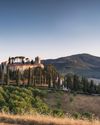
Paper escapes
Steven King selects his best travel books of 2024
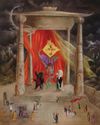
For love, not money
This year may have marked the end of brag-art’, bought merely to show off one’s wealth. It’s time for a return to looking for connoisseurship, beauty and taste

Mary I: more bruised than bloody
Cast as a sanguinary tyrant, our first Queen Regnant may not deserve her brutal reputation, believes Geoffrey Munn
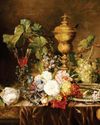
A love supreme
Art brought together 19th-century Norwich couple Joseph and Emily Stannard, who shared a passion for painting, but their destiny would be dramatically different
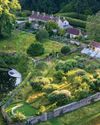
Private views
One of the best ways-often the only way-to visit the finest privately owned gardens in the country is by joining an exclusive tour. Non Morris does exactly that
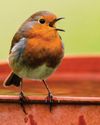
Shhhhhh...
THERE is great delight to be had poring over the front pages of COUNTRY LIFE each week, dreaming of what life would be like in a Scottish castle (so reasonably priced, but do bear in mind the midges) or a townhouse in London’s Eaton Square (worth a king’s ransom, but, oh dear, the traffic) or perhaps that cottage in the Cotswolds (if you don’t mind standing next to Hollywood A-listers in the queue at Daylesford). The estate agent’s particulars will give you details of acreage, proximity to schools and railway stations, but never—no, never—an indication of noise levels.
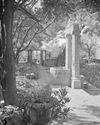
Mission impossible
Rubble and ruin were all that remained of the early-19th-century Villa Frere and its gardens, planted by the English diplomat John Hookham Frere, until a group of dedicated volunteers came to its rescue. Josephine Tyndale-Biscoe tells the story
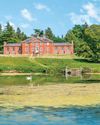
When a perfect storm hits
Weather, wars, elections and financial uncertainty all conspired against high-end house sales this year, but there were still some spectacular deals

Give the dog a bone
Man's best friend still needs to eat like its Lupus forebears, believes Jonathan Self, when it's not guarding food, greeting us or destroying our upholstery, of course